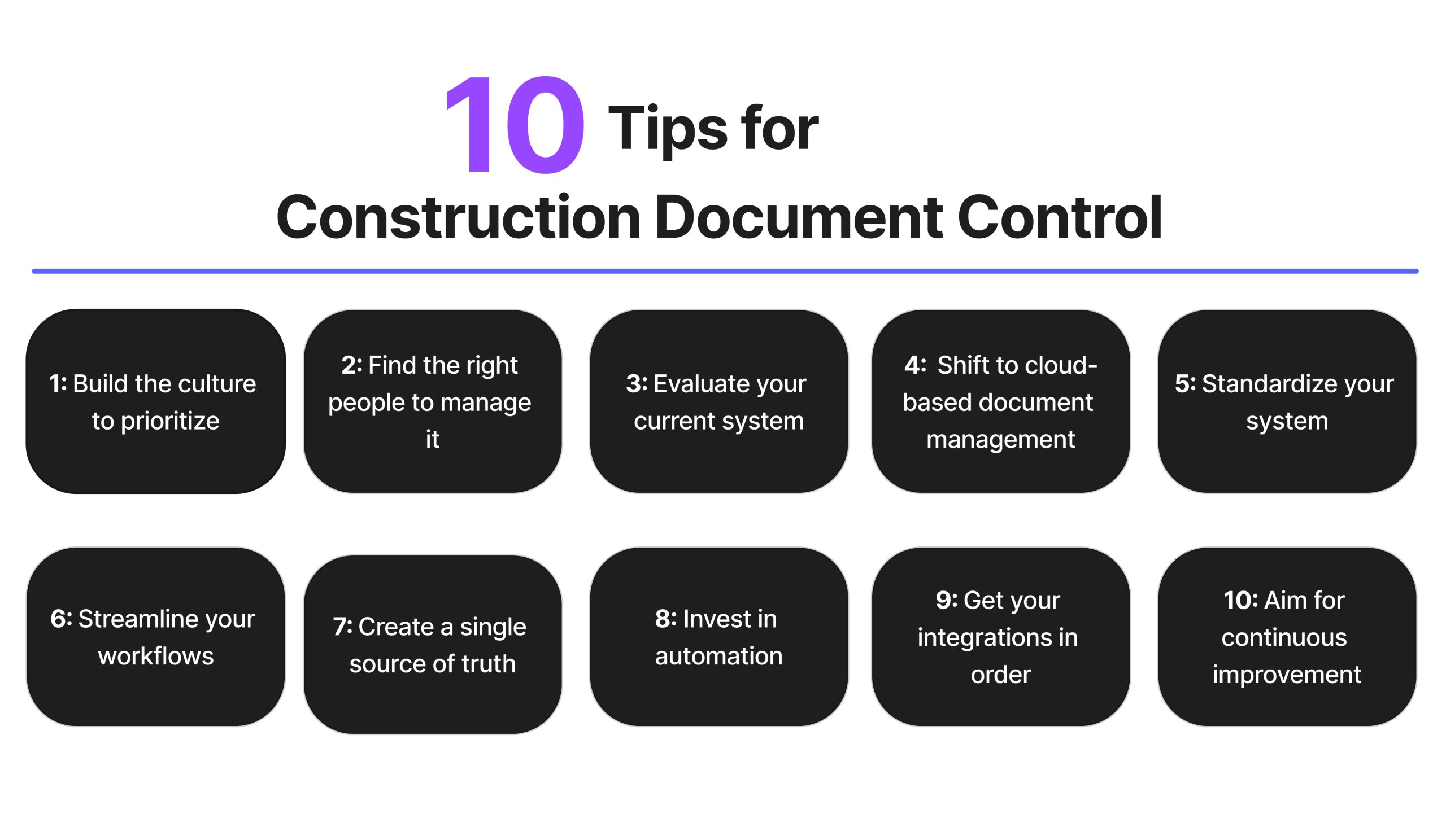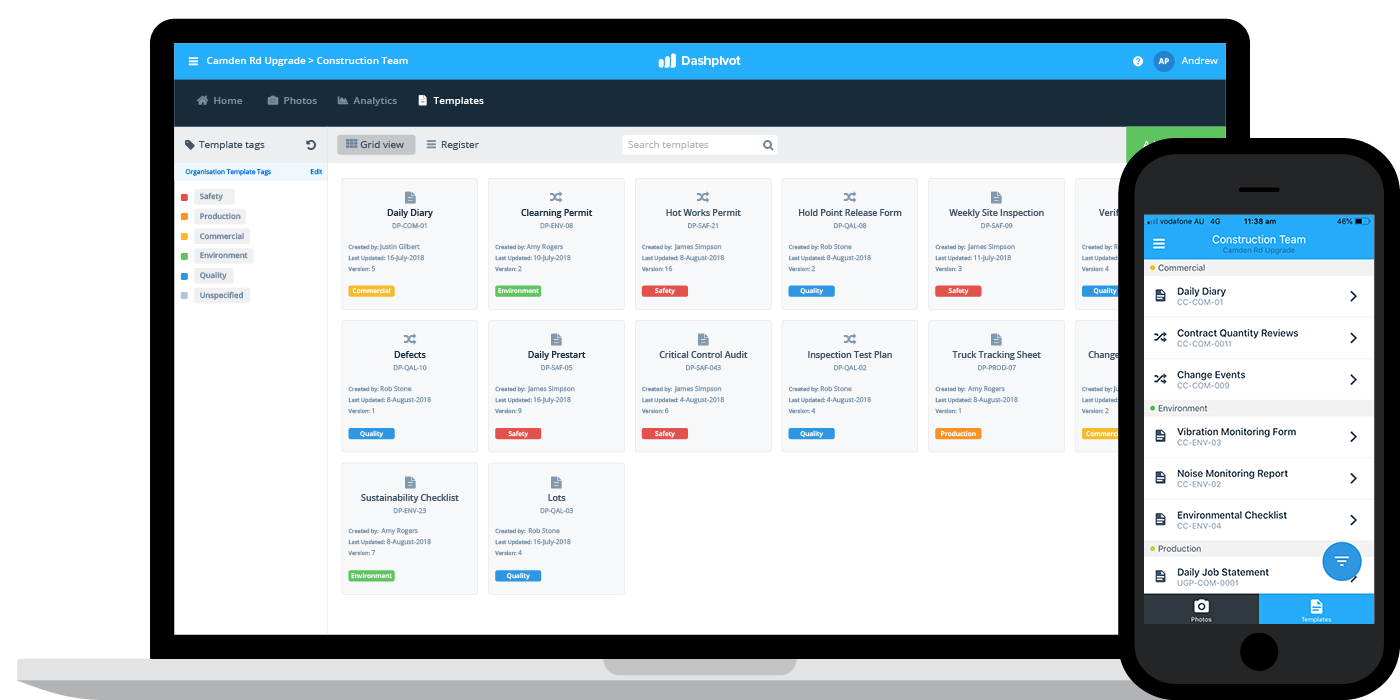Architect's Guide to Streamlining Building And Construction Document Management for Reliable Task Execution
The process of arranging, sharing, and preserving these files can usually end up being a maze of inadequacies and troubles if not taken care of thoroughly. By exploring methodical methods, cutting-edge devices, and market best methods, engineers can not only improve their paper monitoring processes yet likewise lead the way for a lot more effective job implementation.
Value of Effective Record Management
Why is effective paper management essential for engineers in the building market? Effective record monitoring is essential for engineers in the building market as it plays a crucial duty in making certain the effective execution of jobs. Architects take care of a vast selection of documents, varying from style drawings and specs to permits and agreements. Appropriate company and monitoring of these records are essential to keep project timelines, guarantee conformity with policies, and help with reliable communication amongst project stakeholders.

Efficient paper monitoring allows engineers to gain access to important information immediately, track task development properly, and mitigate threats connected with mistakes or noninclusions. By executing streamlined record monitoring procedures, architects can improve collaboration with customers, professionals, and various other employee, bring about boosted job outcomes and customer complete satisfaction.
Moreover, reliable file management helps architects preserve a thorough job background, allowing them to utilize past lessons and experiences learned for future jobs. In today's hectic building sector, where prompt decision-making and details sharing are paramount, efficient record administration is a cornerstone for success.
Approaches for Simplifying Record Organization
Effective file monitoring techniques not only guarantee task success for engineers in the building market yet additionally lay the structure for applying methods for simplifying paper organization. To improve document company successfully, architects should first develop a clear identifying convention for folders and files. Uniformity in calling data based upon project phases, record kinds, and appropriate details will assist in easy retrieval and decrease complication.
Making use of cloud-based storage remedies can likewise improve file company by providing a central area for all project-related files - construction document management. This allows group participants to access one of the most current records from anywhere, promoting partnership and efficiency. Implementing version control mechanisms even more refines paper company by tracking modifications, protecting against conflicting edits, and guaranteeing that the most up to date versions are always offered
In addition, producing a logical folder framework with marked subfolders for different file classifications, such as illustrations, contracts, and specs, can streamline record administration procedures. On a regular basis reviewing and purging redundant or out-of-date data will assist maintain a lean and orderly paper repository, ultimately boosting efficiency and project results.
Leveraging Technology Tools for Collaboration
In the world of modern design, engineers are progressively depending on sophisticated technology tools to cultivate smooth partnership amongst task stakeholders. Leveraging innovation for cooperation simplifies communication, enhances performance, and enhances overall task results. Cloud-based platforms such as BIM 360 and Procore allow real-time access to task records, enabling architects, service providers, and clients to work together successfully no matter their physical place. These tools facilitate concurrent modifying, variation control, and instantaneous updates, reducing hold-ups and errors brought on by miscommunications.
Virtual design and construction (VDC) software like Revit and AutoCAD Style allow designers to produce detailed 3D models that can be shared and modified collaboratively. This real-time partnership enhances design visualization, sychronisation, and precision, causing much better decision-making throughout the project lifecycle. Furthermore, interaction devices like Slack and Microsoft Teams give instantaneous messaging, my site data sharing, and video clip conferencing abilities, fostering seamless communication among team members and stakeholders.
Ensuring Accuracy and Version Control

Efficient variation control also assists in managing paper approvals and ensuring that just authorized workers make adjustments. Engineers ought to develop clear procedures for recording adjustments, consisting of timestamps and individual recognition, to create an audit path for responsibility. On a regular basis connecting with the job group about variation updates and adjustments is important to stay clear of confusion and maintain alignment throughout the construction process.
Finest Practices for File Sharing and Accessibility
Having actually developed a robust system for version control in building and construction document management, engineers can now focus on maximizing file sharing and access techniques to improve collaboration and performance amongst project stakeholders. These platforms supply real-time accessibility to job documents, enabling group members to watch, modify, and comment on files at the same time.
In addition, implementing role-based accessibility control is necessary for maintaining data safety and security while promoting cooperation. Appointing various consent degrees to group members makes certain that delicate information is only easily accessible to licensed employees. Routinely upgrading gain access to consents based upon project requirements and group changes is important for maintaining information honesty.
Integrating job management software with record sharing platforms can likewise streamline operations. This integration allows for smooth interaction, task tracking, and document management within a solitary user interface, decreasing the demand to switch over in between multiple devices. By complying with these ideal techniques, designers can produce a more collective and efficient record sharing setting, inevitably bring about effective task execution.

Final Thought
Finally, reliable construction paper monitoring is essential for successful job implementation. By implementing approaches for organization, leveraging innovation tools for partnership, ensuring precision and website here variation control, in addition to following best techniques for paper sharing and accessibility, architects can streamline their workflow and boost total task effectiveness. Prioritizing these facets of document administration will certainly lead to smoother task implementation and better results for all stakeholders included.
Efficient file monitoring is vital for engineers in the building and construction industry as it plays a critical function in guaranteeing the successful implementation of tasks. construction document management. Appropriate organization and administration of these papers are vital to keep project timelines, ensure conformity with regulations, go to this site and promote efficient communication among job stakeholders
Efficient record administration practices not only make certain task success for designers in the building and construction industry but likewise lay the foundation for carrying out techniques for enhancing file company. One crucial technique is developing a centralized document database where all group members can access the most current variations of illustrations, specs, and other task papers.Having actually established a durable system for version control in building record administration, engineers can currently focus on enhancing document sharing and gain access to approaches to boost partnership and performance amongst task stakeholders.